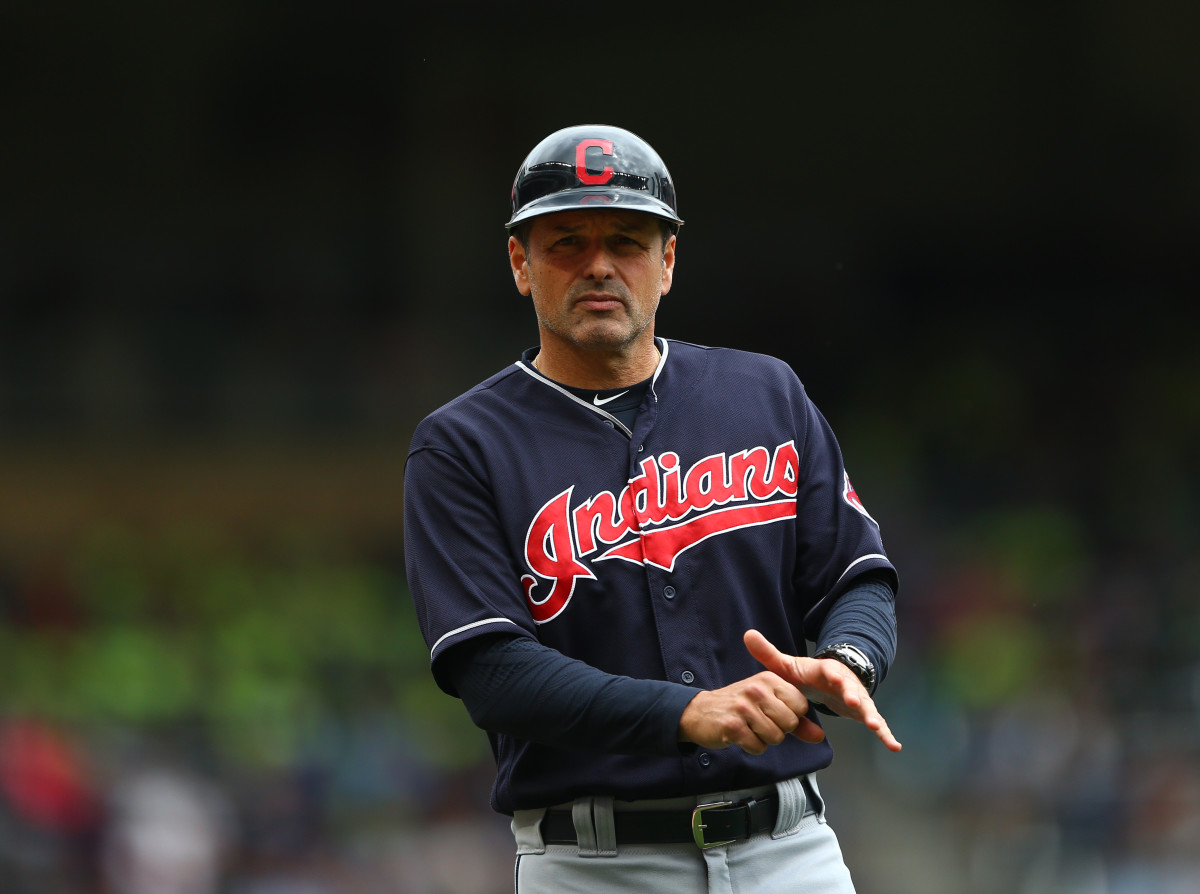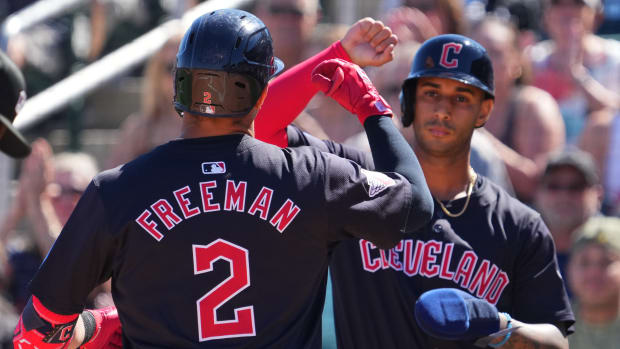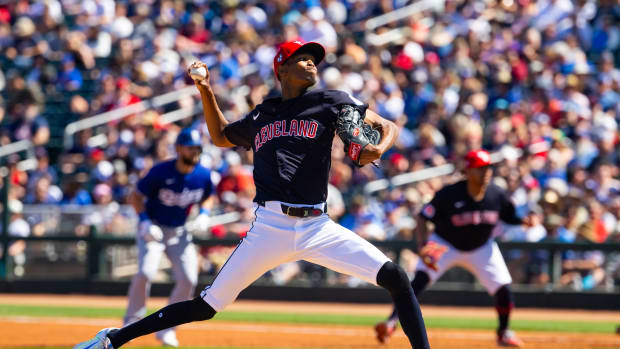Indians Among Best Positioned Teams in 2019

We have obviously played around a bit with the new Infield Outs Above Average tool over here at CBI, breaking down the changing of the guard at second base, or checking in on just how good Francisco Lindor actually is at short.
Recently, Eno Sarris, analytics guru over at the Athletic, zoomed out using the new metric, finding more creative ways to read into it.
One of Sarris’s main points was how IOAA explains positioning. Essentially, if a team’s IOAA differs greatly from Ultimate Zone Rating (UZR), which is a decent indicator that said club is shifting well strategically.
This is due to the fact that IOAA accounts for positioning and speed/play difficulty, whereas UZR mostly indicates where a play is made within different zones.
For instance, the San Diego Padres held the league's worst IOAA at -23.0, yet were league average via UZR at 0.5. This says that despite not traveling horribly far to "intercept" batted balls, the Pads were generally in the area to intercept them anyway.
With positioning being an important of analytics, it is easy to see why the emphasis on that aspect in San Diego, who hired former FanGraphs editor Dave Cameron as a senior analyst in January 2018.
The fourth-largest difference in IOAA and UZR was the Indians, who were the third-best team in the league by UZR in 2019 (15.6), yet were middle of the pack by IOAA (3.0).
Considering only Lindor contributed positive IOAA in 2019, the vast difference between the two numbers says that Carlos Santana, Jason Kipnis, and José Ramírez were more often in the right spot.
For all of the criticism of Terry Francona’s staff in 2019, the work of the coaches deserves applause for their handling of the defense. Along with third base and infield coach, Mike Sarbaugh, and bench coach Brad Mills, the Indians advance scouting team is earning their pay.
Sarbaugh is consistently on the other end of praise within the Indians organization, and maybe as much as any player, IOAA is a testament to those words.
The league-average IOAA does not paint a particularly positive story of the Indians infield, but if the fielder does not have to move far to make a play, there are fewer opportunities to earn fielding runs/outs.
Underperforming compared to other defensive metrics could mean that the Cleveland infield is not as good as advertised, but the Indians remain positive in both aspects.





